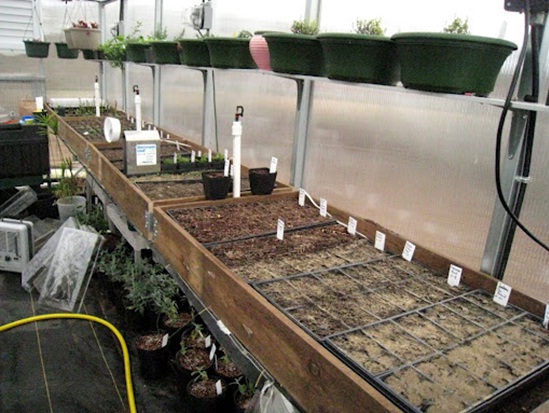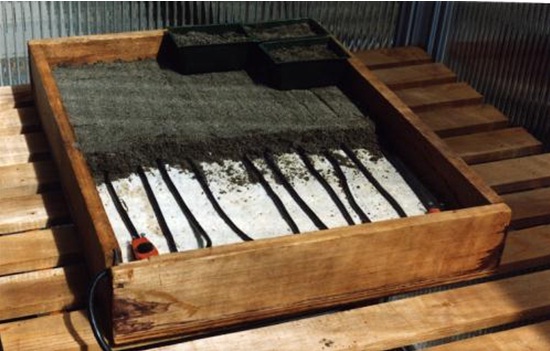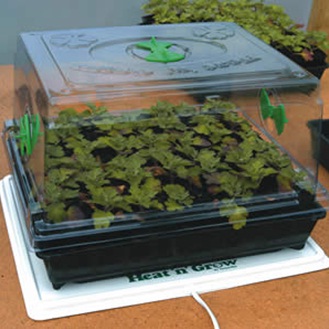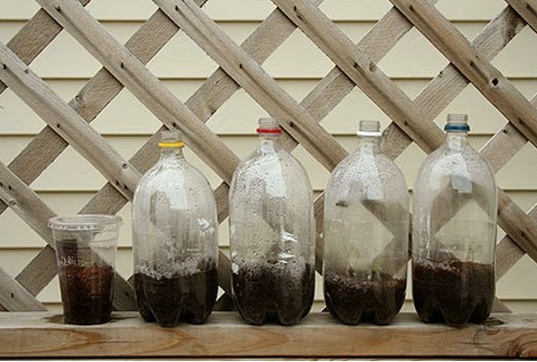Categories
Calendars
Guides
Reviews
Archive
Gallery
Articles
Ask Our Gardening Expert
Home Plant Propagators
Indeed, the new plant will be genetically identical. Many plants can do this naturally by producing tubers, bulbs, runners or rhizomes as a way of reproducing to take advantage of good growing conditions. We can do this artificially by taking a piece of root, stem or leaf, separating it from the parent and providing the conditions are ideal, it will produce roots and grow into a new plant. Our ability to do this is helped by the less specialised nature of plant cells, especially younger cells, which are able to multiply and form root cells.
When removing a piece of plant material from the parent plant, we are also taking it away from the plant’s life systems, the roots taking in water and dissolved nutrients, the leaves taking in carbon dioxide and making starch from sunlight and water together with the connecting capillary tubes. We must provide the cutting material with the best conditions for survival:
Plant producers do this on a large scale with controlled environments inside large glasshouses to provide growers and retailers with plants. We are able to do this at home with simple equipment we can buy or improvise for ourselves.
A mist bed propagation system
The mist bed system like in the picture is simply a large container made of wood, filled with sand and supported on a bench. Bottom heat is supplied by a thermostatically controlled electric heat cable buried in the sand. Water loss is limited by mist sprays keeping the atmosphere moist. Rather than having to manually turn on the sprays, they can be controlled by a moisture sensor. A system like this would allow the production of large numbers of cuttings and would be a costly purchase for a home gardener.
A simple propagation box
A small propagation box can be easily made. Soil heating cable can be purchased easily and installed in a small wooden box filled with a 50mm layer of sand and then covered with another layer. Soil cables should have inbuilt thermostats. Plant material can be either placed in the sand or in small containers on the sand.
Propagation dome with heated pad
Propagation domes can be bought in sizes to fit normal plastic seed trays, bottom heat is provided by heat pads which can be found in various sizes. Trays can be bought with an inbuilt heating element. The domes work quite well even without the heat pad. The vents are used to control humidity and allow the movement of air.
Plastic containers recycled for propagation
Equipment that works well for most home gardeners can be improvised from recycled materials. Cuttings can be started in any container, pierced plastic icecream cartons are ideal and builders sand can be used as a growing medium. As cutting material needs only to start rooting, nutrients are not necessary and sand provides good support and drainage. Plastic bags propped by sticks inserted into the medium and held in place by rubber bands make good propagators, although holes should be cut for air to flow. Cut soft drink and water bottles make good ‘domes’.
Propagation is a challenging and fascinating aspect of growing plants. You are able to take a piece of growing material from a plant and reproduce a new plant with the same characteristics as the parent plant.




As you become more skilled in the use of propagators, see how small a piece of plant material you can encourage to form a new plant.